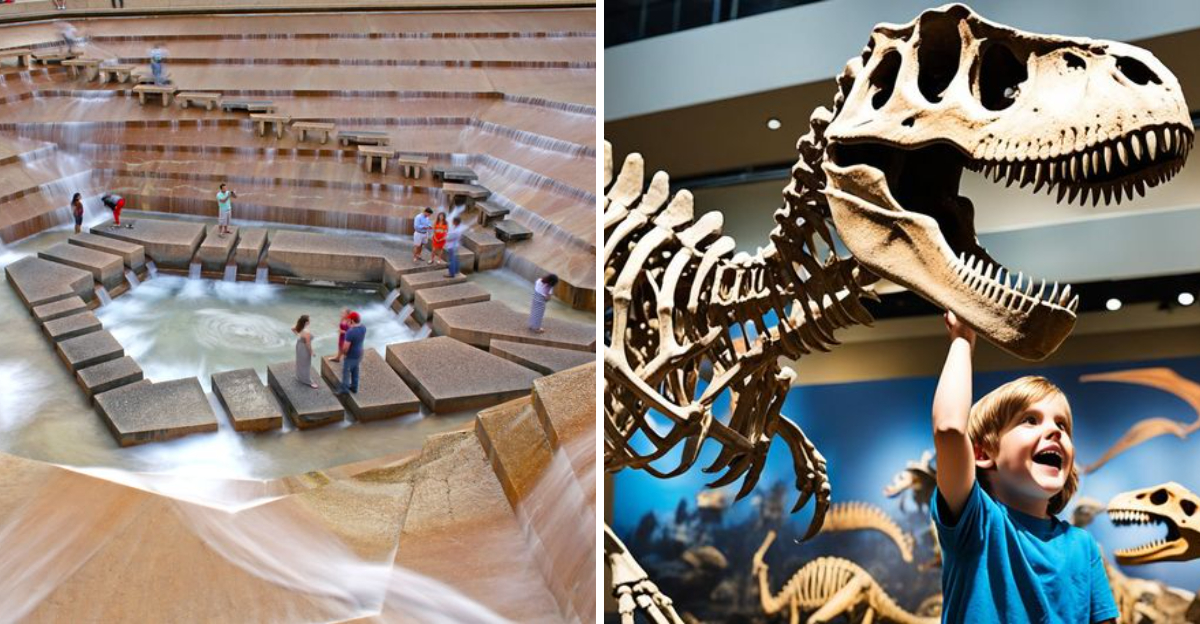Stonington, The Edge Of Maine Where Boats Rock Gently And Time Stands Still
Perched on the rugged edge of Deer Isle, Stonington is a working fishing village that feels like a secret hideaway from the modern world.
This authentic coastal town has preserved its maritime charm while welcoming visitors who crave real Maine experiences without tourist traps.
Early Settlement and Island Roots

Settlers first arrived on Deer Isle in the 1760s, drawn by abundant fishing grounds and towering forests. Native Americans had harvested these waters for centuries before European colonists claimed the land.
Stonington itself wasn’t incorporated until 1897, breaking away from neighboring Deer Isle.
The town’s name honors the massive granite deposits that would soon define its economy and character for generations.
The Granite Quarrying Legacy

Stonington granite built some of America’s most iconic structures, including the Kennedy Memorial and Boston Museum of Fine Arts.
Quarries employed hundreds of skilled stonecutters who immigrated from Italy, Finland, and Scotland.
At its peak in the early 1900s, granite was the town’s lifeblood.
Today, abandoned quarries filled with crystal-clear water serve as swimming holes, their walls bearing drill marks from another era.
Commercial Fishing Industry
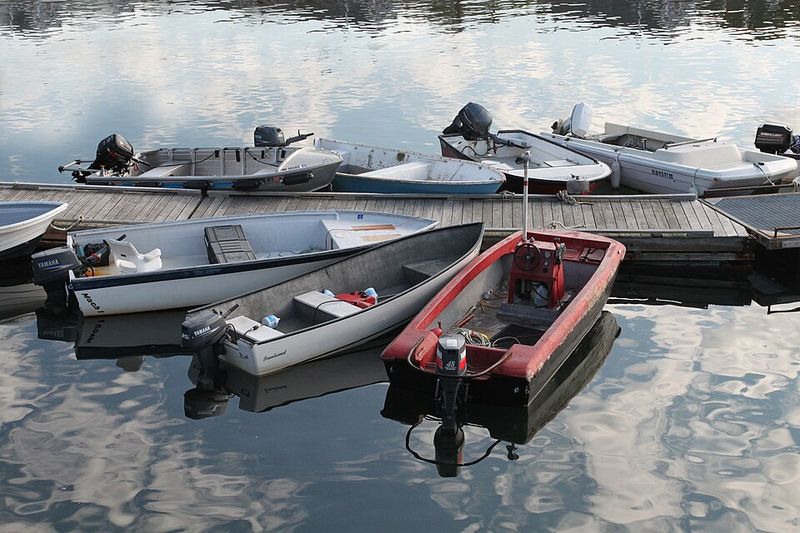
Walk down to the harbor at dawn and you’ll witness a tradition unchanged for decades. Lobster boats rumble out before sunrise, captains navigating by instinct through fog-shrouded waters.
Stonington remains one of Maine’s busiest fishing ports, hauling in millions of pounds of lobster annually.
Unlike touristy harbors, this is the real deal where weathered fishermen mend traps and bait bags hang heavy in the salt air.
Geographic Location and Access
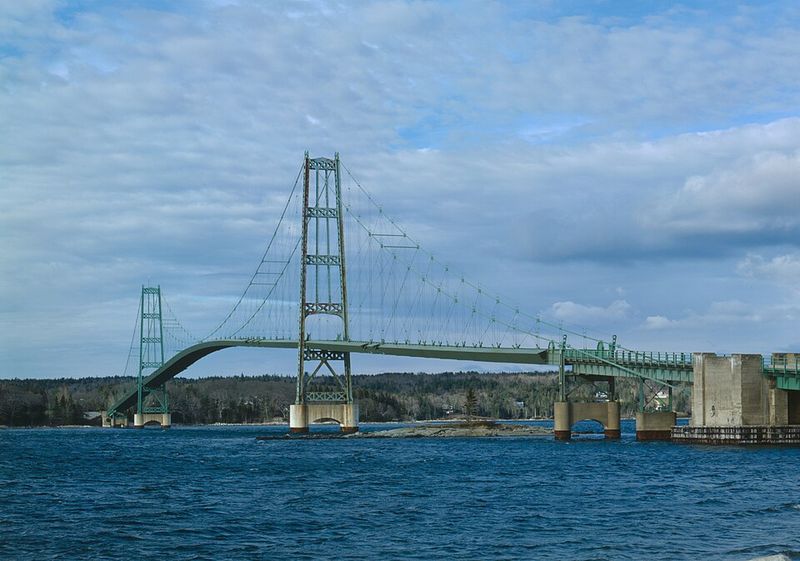
Reaching Stonington requires commitment since it sits at the southern tip of Deer Isle, connected to the mainland by a graceful suspension bridge built in 1939.
The journey down Route 15 winds through spruce forests and past rocky coves.
This remoteness has protected the town from overdevelopment.
Visitors must truly want to get here, which keeps the crowds manageable and the atmosphere authentically Maine.
Architectural Character and Main Street
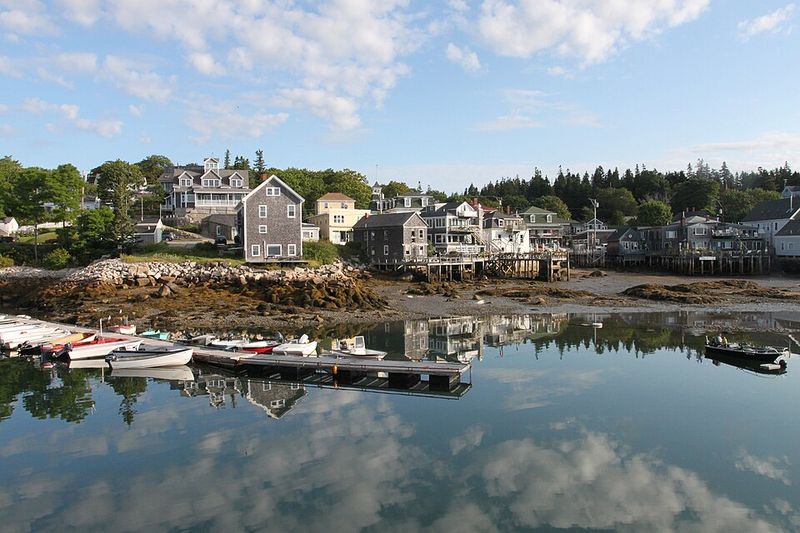
Main Street tumbles steeply toward the harbor, lined with weathered clapboard buildings that lean slightly as if bracing against winter gales.
There’s no Starbucks or chain stores here, just family-owned businesses operating in structures over a century old.
Architecture reflects the town’s working-class roots with simple, practical designs.
Colorful fishing shacks cling to granite outcroppings, creating postcard scenes that photographers adore.
Artist Community and Cultural Scene
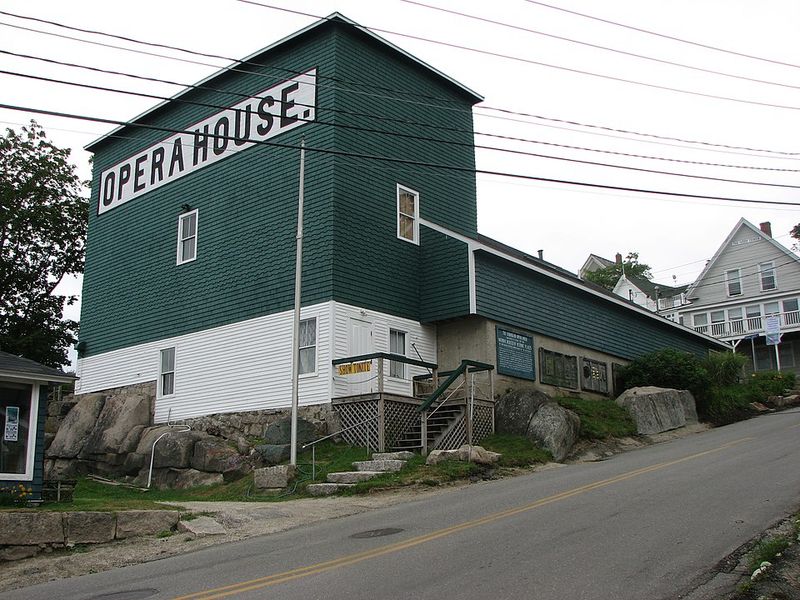
Something about the stark beauty and honest lifestyle attracts artists like magnets.
Painters, sculptors, and writers have established studios throughout town, inspired by dramatic landscapes and the rhythm of fishing life.
The Opera House hosts concerts and film screenings, serving as the cultural heartbeat.
Galleries showcase work ranging from traditional seascapes to contemporary installations, proving small towns can nurture serious artistic talent.
Isle au Haut and Mail Boat Connection

The mail boat departs daily from Stonington’s harbor, ferrying passengers and supplies to remote Isle au Haut, home to a spectacular section of Acadia National Park.
This lifeline connects island residents to civilization.
Riding the mail boat feels like stepping back in time.
Locals chat about weather and lobster prices while tourists clutch backpacks, anticipating wilderness adventures on trails few people ever experience.






